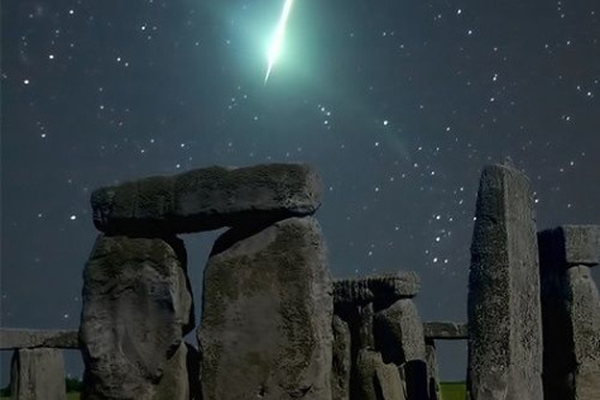Radio Meteor Zoo
from 12/08/2016
The Radio Meteor Zoo uses images provided by BRAMS, the Belgian RAdio Meteor Stations network which uses reflection of radio waves on meteor ionized trails to detect and study the meteoroid population entering the Earth's atmosphere. The network generates a huge amount of data with tens of thousands of meteor echoes detected every day.
During meteor showers, when Earth's orbit crosses that of a comet, the meteor activity is temporarily much higher and produces a lot of complex meteor echoes in BRAMS data. To identify them, the eye remains the best detector. So we request the use of hundreds of eyes to manually identify meteor echoes during some specific meteor showers.
BRAMS is a project of the Royal Belgian Institute for Space Aeronomy (BISA) and funded by the Solar-Terrestrial Centre of Excellence (STCE).
Aim
The project objectives are to calculate meteoroid flux densities for meteor showers and mass indices for meteor showers and sporadic meteors, determining individual meteor trajectories from observations of the same meteor by multiple stations (both meteor showers and sporadic meteors), determining orbital parameters of meteoroids with multiple stations, and analyzing meteor profiles to find out physical parameters such as ionization, velocity and mass of the meteoroids.
Needed equipment
A computer with an internet connection
Created March 31, 2023, 10:27 a.m.
Updated April 20, 2023, 1:12 p.m.
